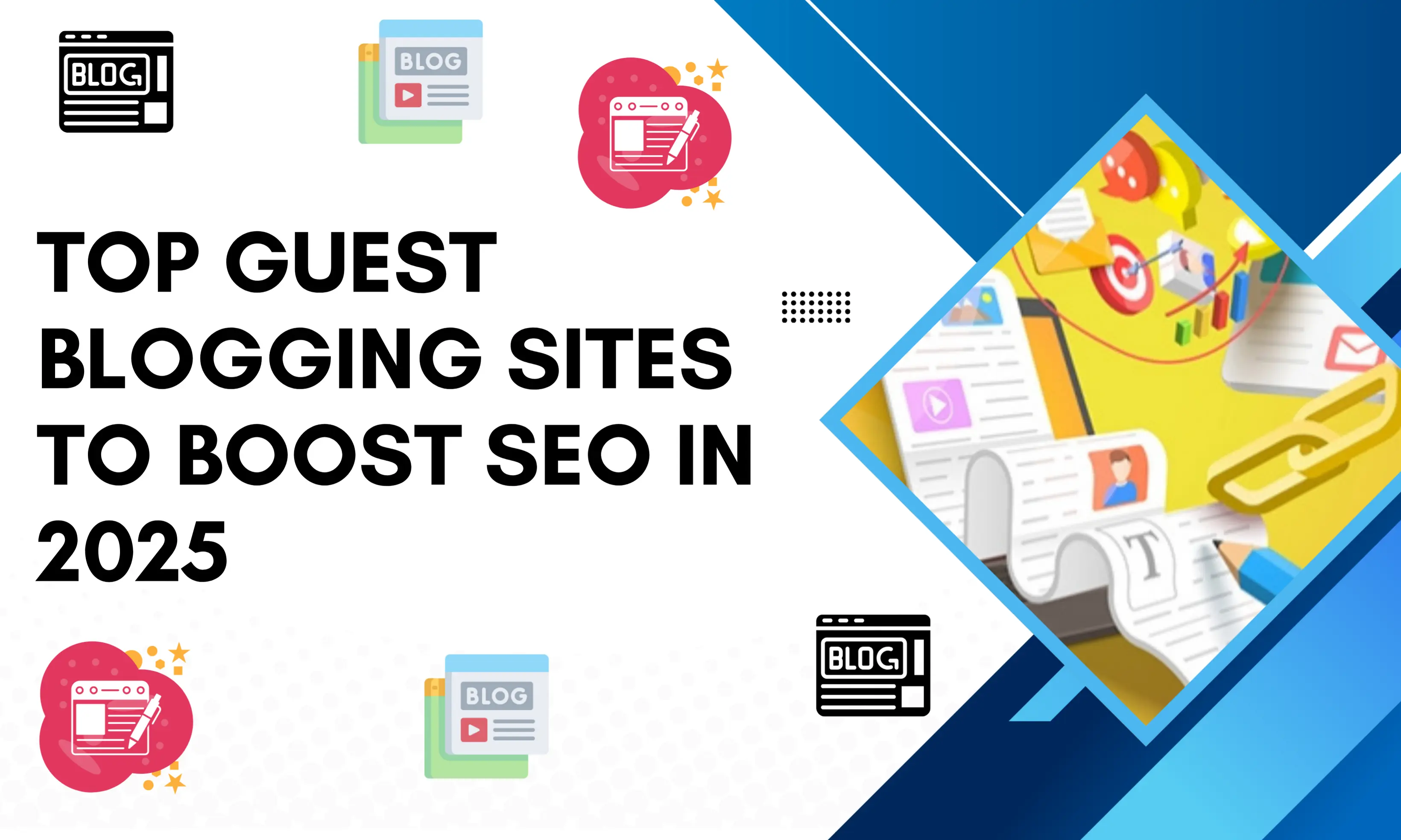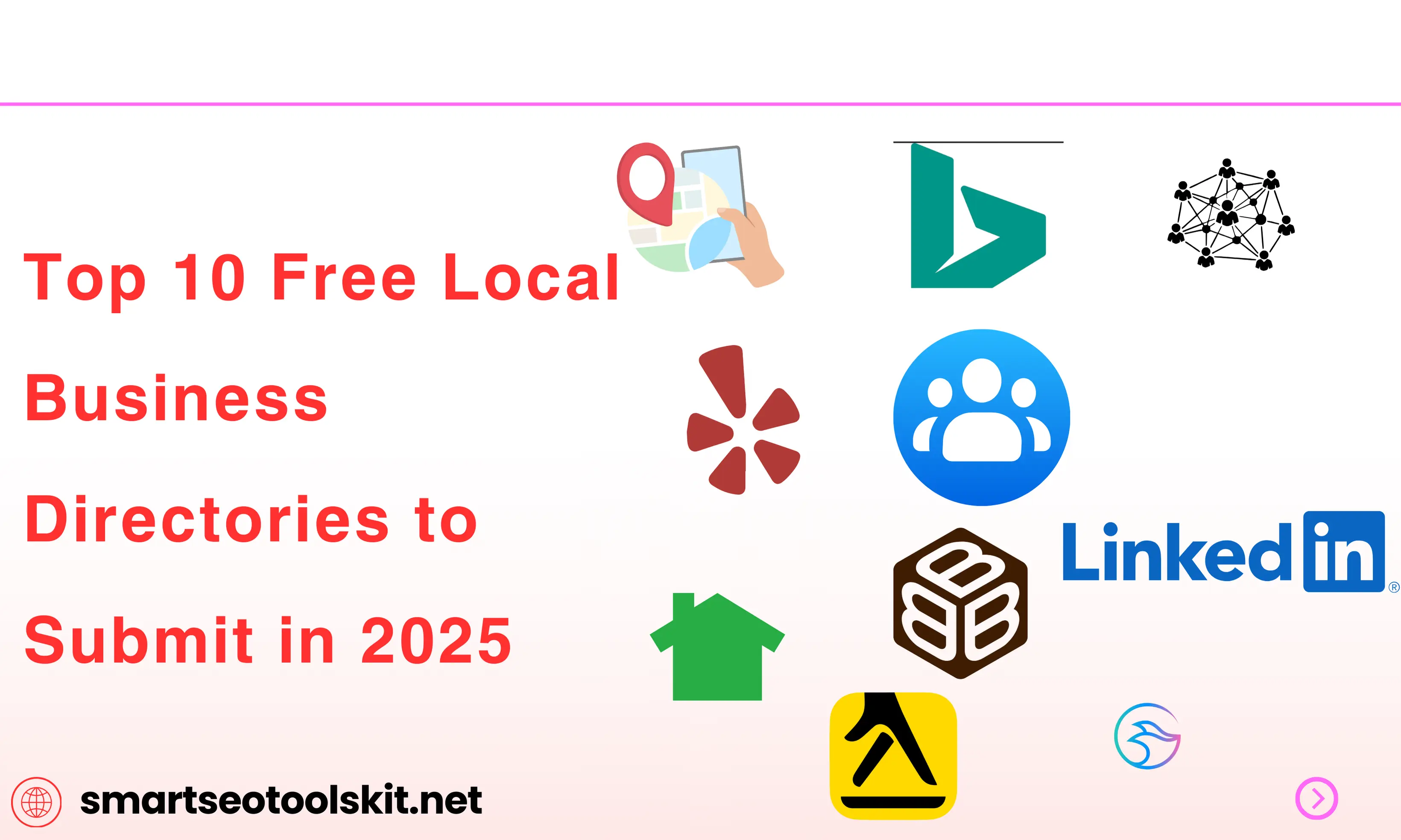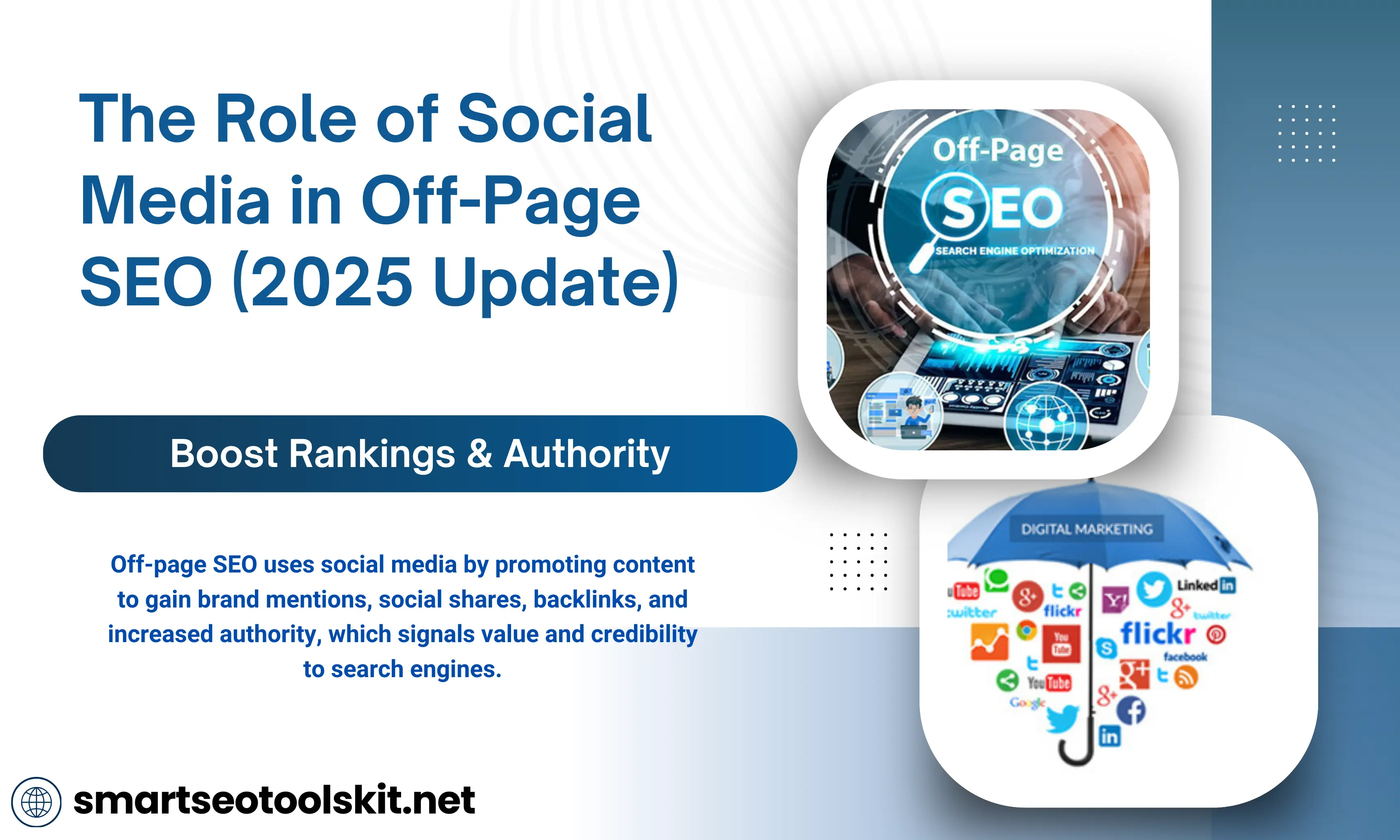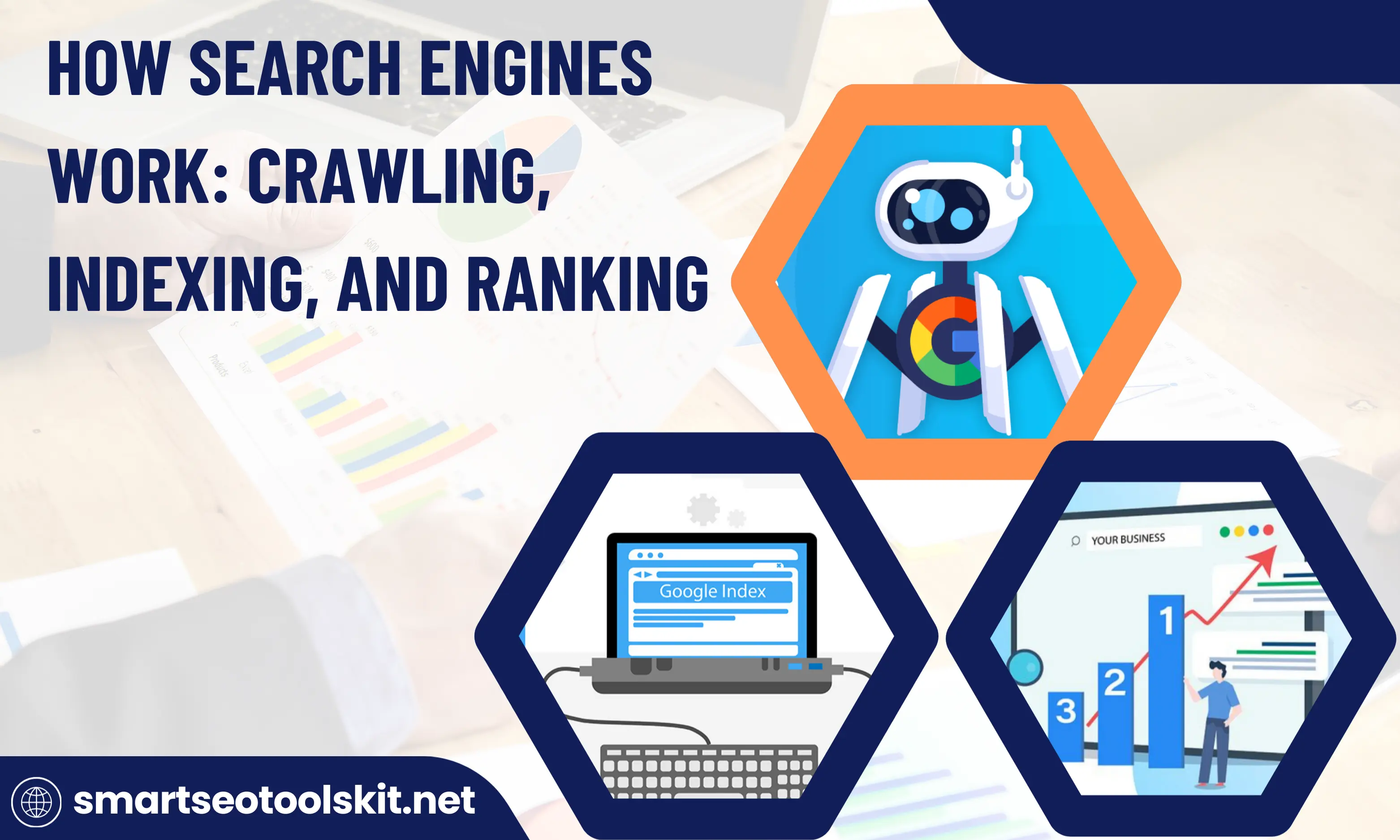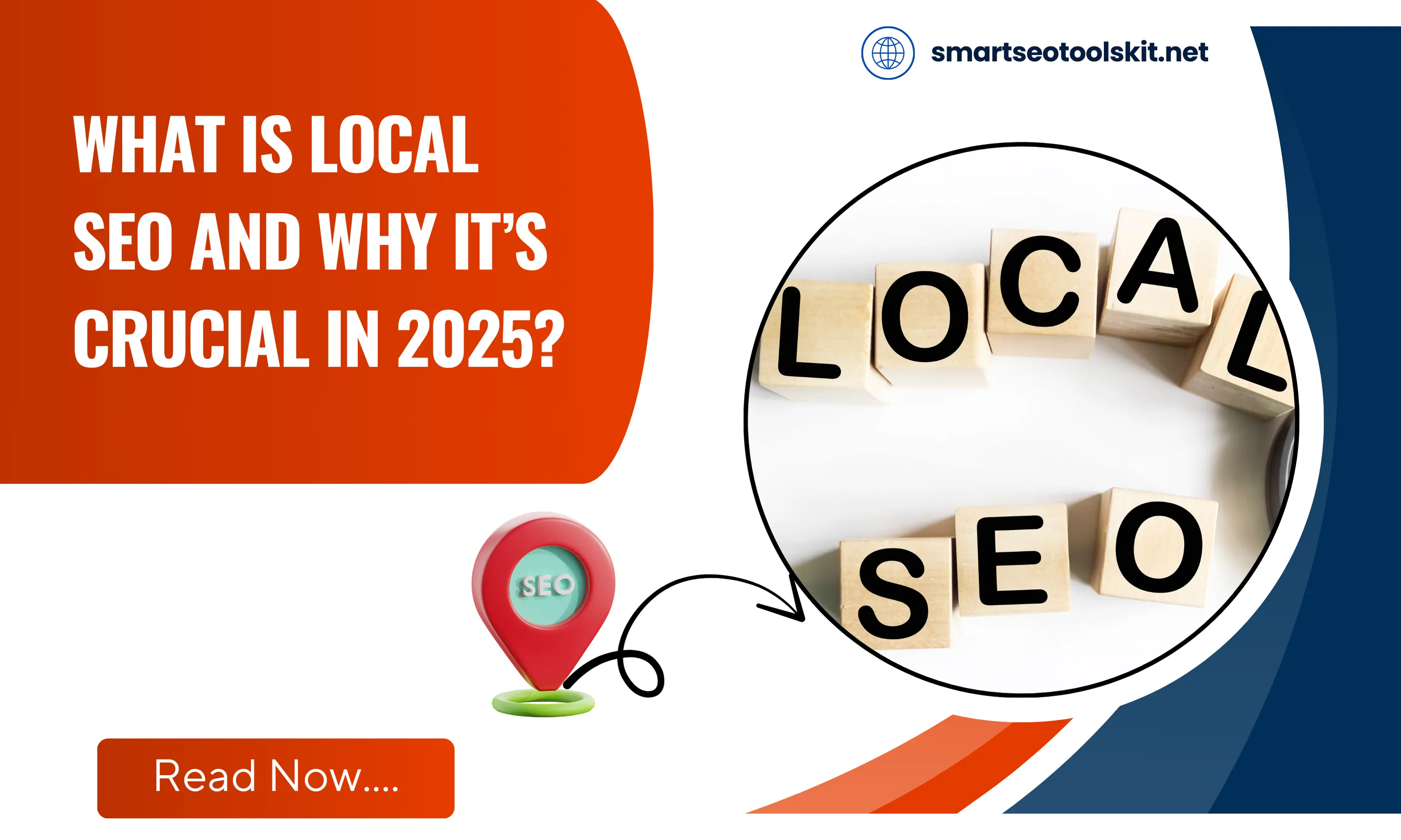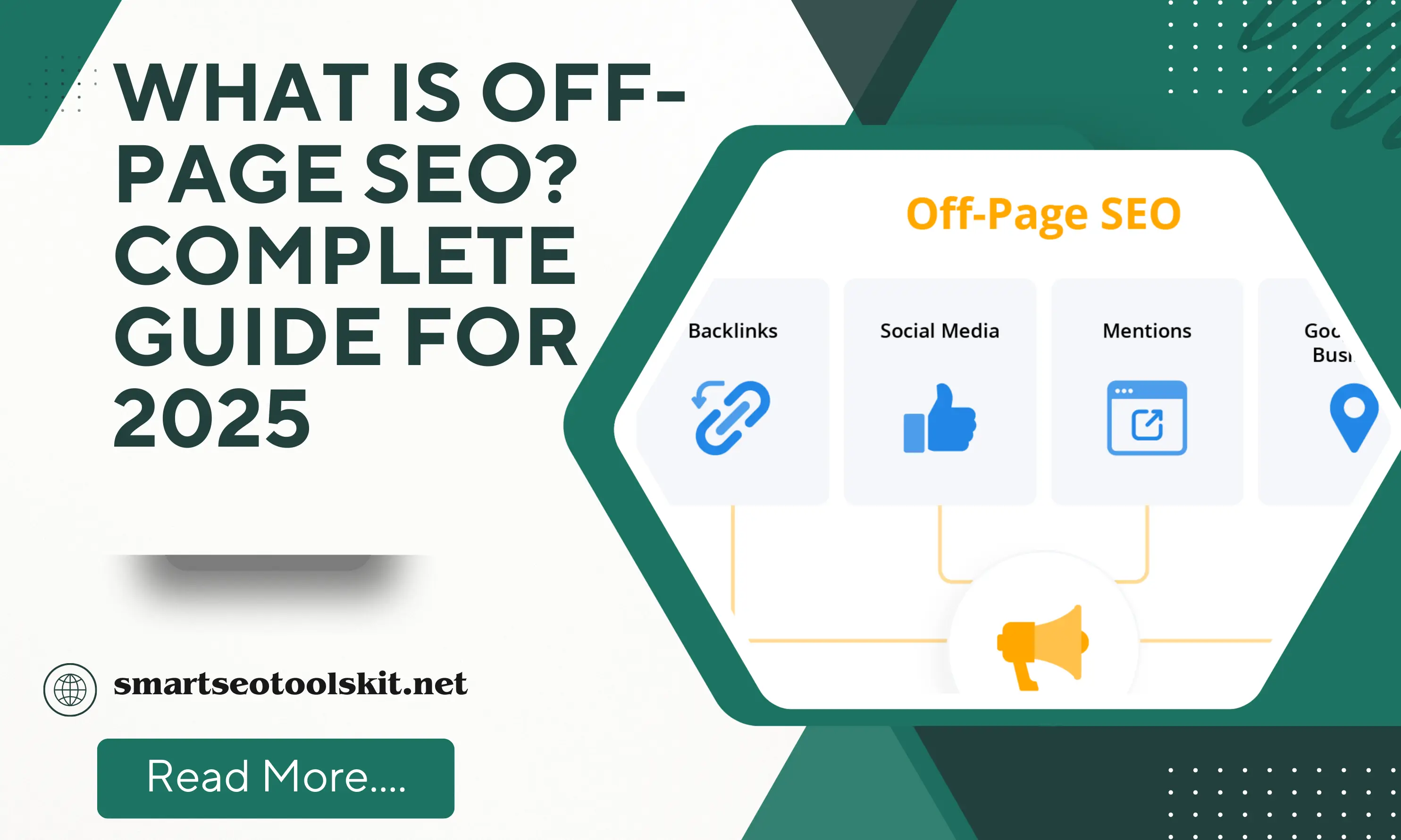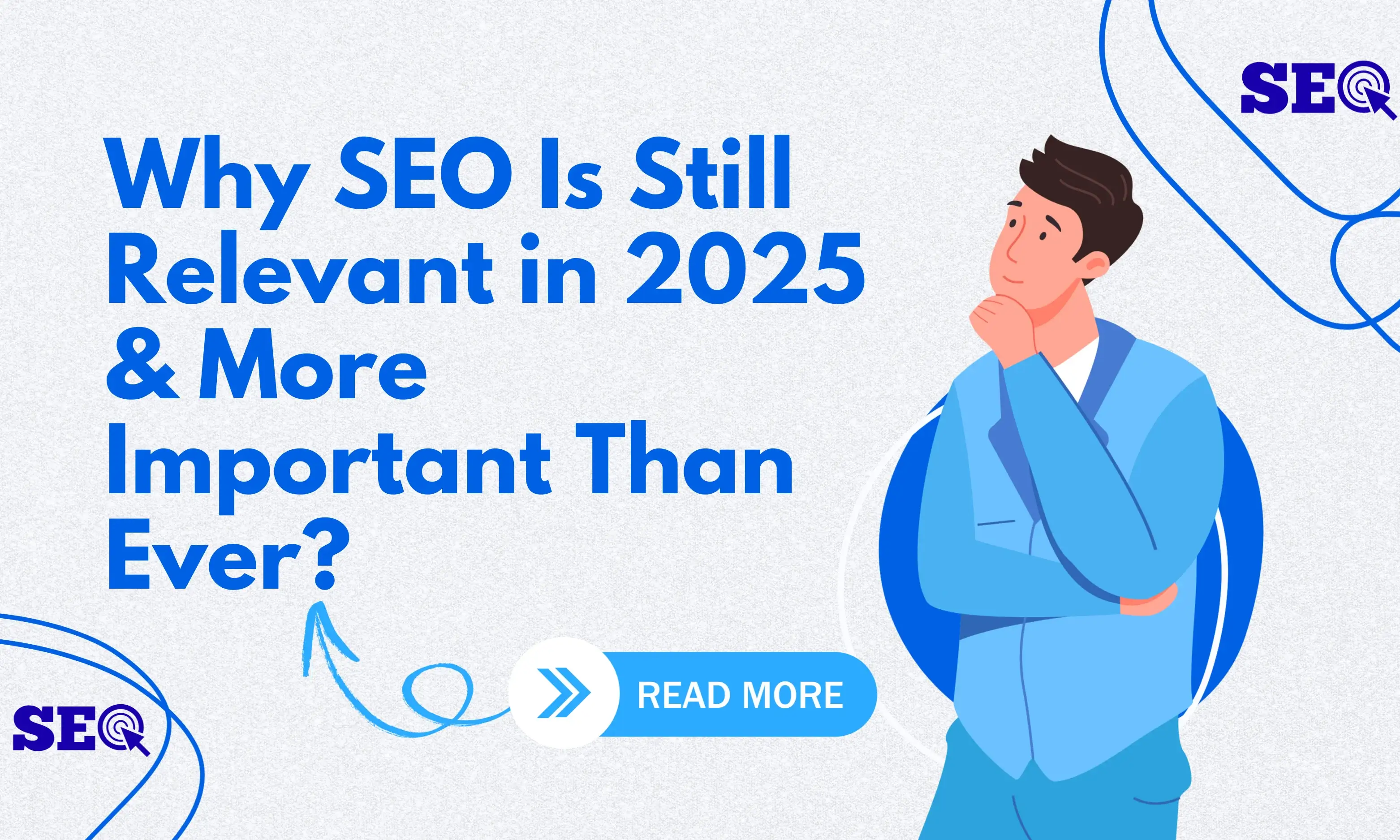Every time you search for something on Google—whether it’s “best mobile phones in 2025,” “restaurants near me,” or “how does SEO work”—you receive thousands (if not millions) of results in less than a second. But how does this actually happen? How does Google know which pages exist, what’s inside them, and which ones deserve to show up first?
The secret lies in three core processes: Google crawling, Google indexing, and Google ranking. These steps are the backbone of how every search engine functions. Without them, the web would be a chaotic ocean of unorganized information.
For anyone serious about SEO optimization, understanding these processes is not optional—it’s essential. Whether you’re a digital marketer running search engine marketing campaigns, a small business relying on local SEO, or a content creator targeting the right SEO keywords, knowing how search engines work gives you a competitive edge.
In this detailed guide, we’ll walk through how crawling, indexing, and ranking work, best practices to optimize each stage, common mistakes that hurt visibility, tools you can use, and the future of search powered by AI.
By the end, you’ll have a 360° understanding of Google SEO and how to position your site for long-term success.
What Are Search Engines and Why Do They Matter?
A search engine is a complex system designed to help users find information on the internet. Google dominates the industry, handling over 8.5 billion searches per day, but other platforms like Bing, Yahoo, DuckDuckGo, and new AI search engines are also competing for space.
Search engines matter because they act as the gateway to the internet. If your website isn’t visible on Google, it might as well not exist for most users. That’s why businesses invest heavily in SEO and search engine marketing—to secure visibility, traffic, and conversions.
Why SEO and Google SEO Are Critical
-
70%+ of online experiences begin with a search engine.
-
75% of users never scroll past the first page.
-
Paid ads can drive traffic instantly, but Google SEO builds sustainable, long-term growth.
Understanding the mechanics of crawling, indexing, and ranking is the first step toward building a successful online presence.
Step 1 – Google Crawling: How Search Engines Discover the Web
What is Crawling?
Google crawling is the process where Googlebot (a web crawler, also called a spider or bot) explores the internet to find new or updated pages. Crawling is like the discovery phase—if Googlebot never finds your page, it won’t exist in search results.
How Crawling Works (Step by Step)
-
Googlebot starts with a list of known URLs.
-
It visits those pages and follows links to discover new ones.
-
It scans XML sitemaps submitted in Google Search Console.
-
It looks for updates to old content.
-
Discovered URLs are sent to the indexing stage.
Real-Life Example of Crawling
Imagine you launch a new website about fitness tips. If you link it from your Twitter profile (a page Google already knows), Googlebot may follow that link and discover your site. Similarly, submitting your sitemap ensures faster discovery.
Factors That Influence Google Crawling
-
Robots.txt: Tells Googlebot which pages it can or cannot crawl.
-
Crawl Budget: The number of pages Google allocates to crawl from your site. Large sites must optimize this to avoid wasted resources.
-
Site Errors: Broken links, duplicate content, and server errors can block crawling.
Create your Robots.txt file with our free tool: Robots.txt Generator
SEO Optimization for Better Crawling
-
Create and submit an XML sitemap.
-
Improve website speed—faster sites are crawled more often.
-
Use internal linking to guide Googlebot to important pages.
-
Avoid excessive duplicate or thin pages.
Without proper crawling, even the best SEO keywords won’t help—Google won’t know your content exists.
Step 2 – Google Indexing: How Search Engines Store and Understand Content
What is Indexing?
After a page is crawled, the next step is Google indexing—where the content is stored, analyzed, and organized in Google’s massive library. If crawling is discovering the book, indexing is cataloging it in the library system.
How Indexing Works
-
Google processes the HTML, JavaScript, images, and videos on the page.
-
It evaluates the context of the content—headings, keywords, metadata, and schema.
-
Duplicate content is filtered to avoid storing unnecessary copies.
-
Indexed pages are then eligible to appear in search results.
Example of Indexing in Action
Suppose you publish a blog titled “Top 10 Healthy Diet Plans for 2025.” Once Googlebot crawls it, the indexing system checks your headings, keywords like “healthy diet plans”, and structured data. If the content is unique and valuable, it gets indexed. Now, when someone searches “best diet plans 2025”, your article can appear.
Factors That Affect Google Indexing
-
Noindex Tags: Prevent Google from storing a page.
-
Canonical Tags: Help avoid duplicate content issues.
-
Mobile-First Indexing: Google prioritizes the mobile version of sites.
Best Practices for Indexing and SEO Optimization
-
Use unique, high-quality content to avoid being filtered out.
-
Implement structured data (schema markup) for rich results.
-
Ensure mobile-friendliness and Core Web Vitals compliance.
-
Avoid blocking important pages with robots.txt.
Tip: You can check if your site is indexed by searching site:yourdomain.com on Google.
Step 3 – Google Ranking: How Search Engines Deliver Relevant Results
What is Ranking?
Google ranking is the process of deciding which indexed pages appear at the top when users search for something. This is where all your SEO and search engine marketing efforts pay off.
How Ranking Works
-
The search engine matches SEO keywords in the query with relevant pages.
-
Google evaluates over 200 ranking factors, including backlinks, authority, user experience, and page speed.
-
AI algorithms like RankBrain and BERT help interpret context and intent.
Key Google SEO Ranking Factors
-
On-Page SEO
-
Optimized title tags and meta descriptions.
-
Natural use of SEO keywords in headings and content.
-
Clear, structured formatting.
-
-
Off-Page SEO
-
High-quality backlinks from trusted sites.
-
Mentions, reviews, and brand authority.
-
-
Technical SEO
-
HTTPS security.
-
Fast-loading, mobile-friendly design.
-
Structured data for enhanced results.
-
-
User Engagement Signals
-
High CTR (click-through rate).
-
Low bounce rates.
-
Longer dwell time (users staying longer).
-
Go In-Depth: On-Page SEO: What It Is and How to Do It
Go In-Depth: Off-Page SEO in 2025: Complete Guide to Boost Rankings
Example of Ranking in Practice
Let’s say two websites publish guides on “SEO optimization tips.” Site A has better backlinks, optimized SEO keywords, and high engagement, while Site B has weak optimization. Google will likely rank Site A higher.
SEO Optimization Tips for Higher Ranking
-
Write in-depth, valuable content targeting user intent.
-
Build natural backlinks through guest posts and outreach.
-
Use engaging visuals and formatting to reduce bounce rate.
-
Update old content regularly for freshness.
Ranking is the most competitive stage, but it’s also where businesses gain the most visibility and traffic.
Also Read: 8 Common SEO Mistakes to Avoid in 2025 and How To Fix Them
How Crawling, Indexing, and Ranking Work Together
Here’s the simple flow:
-
Crawling → Google discovers your content.
-
Indexing → Google stores and organizes it.
-
Ranking → Google decides where it shows up in SERPs.
If one step fails, your site won’t appear in search results. For example:
-
A page that isn’t crawled won’t be indexed.
-
A page that isn’t indexed can’t rank.
-
A page that is poorly optimized won’t rank high.
Together, these three processes are the foundation of Google SEO.
Common Issues That Hurt Crawling, Indexing, and Ranking
Even strong websites face problems. Some common issues include:
-
Orphan pages: Pages with no internal links, making them hard for bots to find.
-
Robots.txt misconfigurations: Blocking important content.
-
Duplicate or thin content: Reduces indexing value.
-
Slow website speed: Hurts both crawling and user experience.
-
Weak backlink profile: Limits ranking potential.
Fixing these ensures smoother performance across all three stages.
Tools to Monitor Crawling, Indexing, and Ranking
To optimize effectively, use reliable SEO tools:
-
Google Search Console – Track indexing and crawling issues.
-
Screaming Frog SEO Spider – Audit site architecture.
-
Ahrefs & SEMrush – Monitor backlinks, rankings, and SEO keywords.
-
SmartSEOToolsKit – Comprehensive solution for local SEO, Google SEO, and search engine marketing tracking.
The Future of Search Engines: AI, Voice, and Local SEO
Search technology is evolving rapidly. Let’s look at the major trends:
AI Search Engines
Google already uses AI with RankBrain and BERT. But now, AI search engines like Perplexity, You.com, and ChatGPT Search are changing how people interact with results—delivering conversational, personalized answers instead of just links.
Voice Search
With the rise of Alexa, Siri, and Google Assistant, voice search queries are increasing. These are often local and conversational, e.g., “pizza shops near me”. Optimizing for natural language and local SEO is crucial.
Local SEO
For small businesses, local SEO drives real customers. Optimizing your Google Business Profile, collecting positive reviews, and adding location-specific SEO keywords helps your brand appear in Google Maps and “near me” searches.
Go In Depth: What Is Local SEO? Guide to Ranking in Google Local Search
Visual and Multimodal Search
Google Lens and AI-powered image recognition mean users can now search with pictures. Future SEO optimization will involve tagging images, using alt text, and leveraging schema for visual results.
The message is clear: SEO is not static. Businesses must adapt to AI, voice, and local search trends to stay visible.
Conclusion
To succeed online, you need to understand how search engines work. The three key steps—Google crawling, Google indexing, and Google ranking—are the foundation of visibility.
-
Crawling ensures your site is discovered.
-
Indexing ensures your content is stored and understood.
-
Ranking ensures your pages appear in front of the right users.
For long-term success in Google SEO and search engine marketing, focus on SEO optimization at every stage: technical improvements, keyword targeting, high-quality content, and authority building.
As AI search engines and local SEO continue to reshape the landscape, staying informed and proactive will give you the edge.
Remember: Crawlable + Indexable + Rankable = Search Visibility.
Frequently Asked Questions (FAQs)
Q1: What is Google crawling in SEO?
Google crawling is the process where Googlebot (a search engine spider) discovers new and updated pages by following links and scanning sitemaps. Without crawling, your site cannot appear in search results.
Q2: What is the difference between crawling and indexing in search engines?
Crawling is about discovering web pages, while indexing is about storing and organizing them in Google’s database. A page must be crawled and indexed before it can rank in search results.
Q3: How does Google ranking work?
Google ranking uses algorithms that evaluate hundreds of signals such as content relevance, SEO keywords, backlinks, mobile-friendliness, and site speed. These signals determine where a page appears in search results.
Q4: Why is local SEO important for businesses?
Local SEO helps businesses appear in location-based searches like “near me.” It improves visibility on Google Maps and drives more foot traffic, phone calls, and local leads.
Q5: What role does AI play in modern search engines?
AI search engines use machine learning models like RankBrain and BERT to understand user intent. This makes search results more accurate, conversational, and personalized.
.png)
